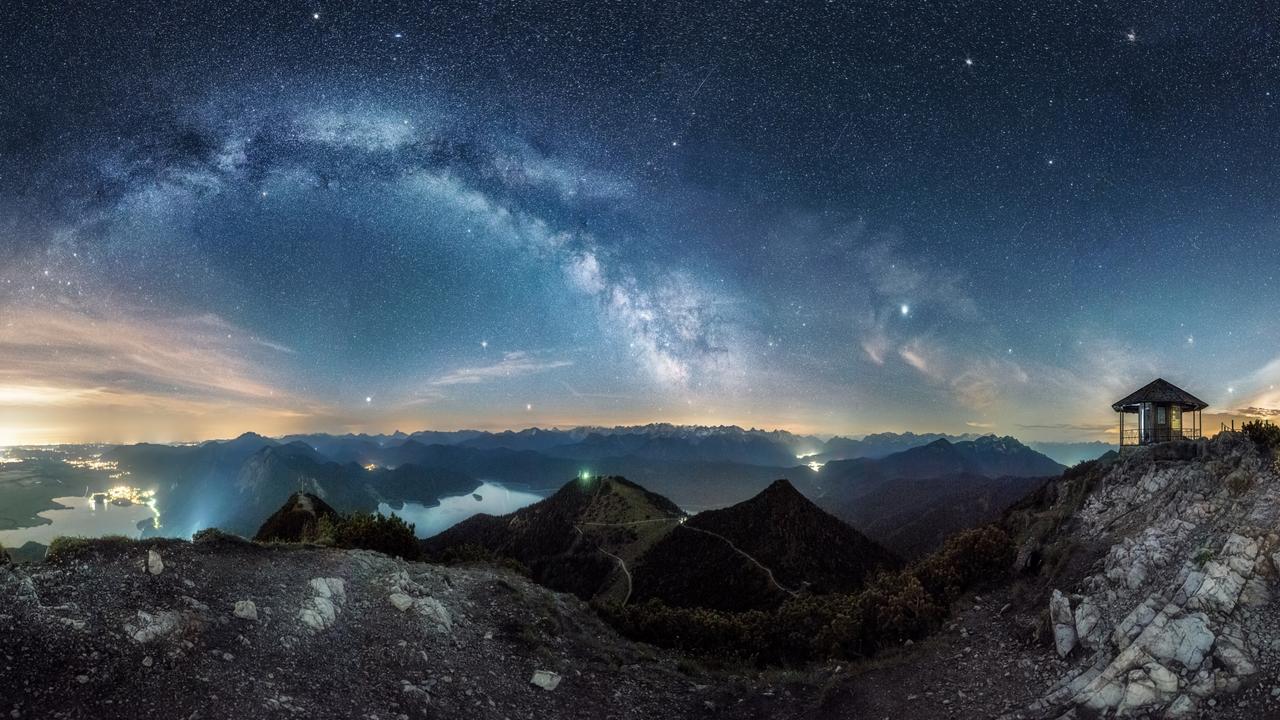The finalists for the Astronomy Photographer of the Year are simply stellar
Looking like the eye of Sauron from the Lord of the Rings movies, an Aussie snapper’s startling image of a nebula is a finalist in an international competition of space photography.

Looking like a huge malevolent eye in the sky, Australian snapper Andrew Campbell’s image of the Helix Nebula has been named as a finalist in the Astronomy Photographer of the Year competition run by Britain’s Royal Observatory.
Dubbed Deep in the Heart of Mordor, the space dust cloud bears an unnerving resemblance to the eye of Sauron from the Lord of the Rings films, and took a total of 63 hours for the Melbourne-based photographer to capture.
Despite being 650 million light years away, the Helix Nebula is actually one of our nearest examples of this deep space phenomenon, which occur at the end of the life of a sun-like star. The core, which will eventually become a white dwarf star, glows in light so powerful it causes the previously expelled gas to fluoresce.
Campbell’s startling image is up against another Australian entry in the list of finalists - James Stone’s striking shot of the Aurora Australis putting on a gaudy show over Beerbarrel Beach in northeast Tasmania.
Stone - who was also a finalist in last year’s competition - captured the image on a still night in April last year, using a 10-second exposure to capture the soft lime, pink and lemon shades lighting up the dark.
The Tasmanian-based photographer also has a second photo in the People and Space category, a star trail selfie image taken at South Arm, south of Hobart.
A record 4600 entries were received for this year’s prize, which is now in its 11th year.
Winners in nine categories will be announced on September 12.
The overall winner will receive £10,000 ($18,400) - stellar in anybody’s language.















